No matter how many closets a boring human slasher pops out from, it never gets us going quite like a big scary monster. It might be easier said than done, but you know how to take down a run-of-the-mill serial killer, while a monster is by definition an unknown quantity… sort of. It turns out a lot of movie monsters are based on real-life creatures or phenomena as ordinary as common dogs and as legitimately scary as murderous aristocrats.
Dracula

General vampire mythology may predate him, but Vlad the Impaler was literally called Dracula, meaning “son of the dragon” in Latin, and it would be hard for Bram Stoker to claim parallel thinking there. He may not have been an actual immortal bloodsucker, but as the ruler of what is now part of Romania, he sure did shed a lot of it. Also, look at him. What a Dracula that guy is.
Zombies
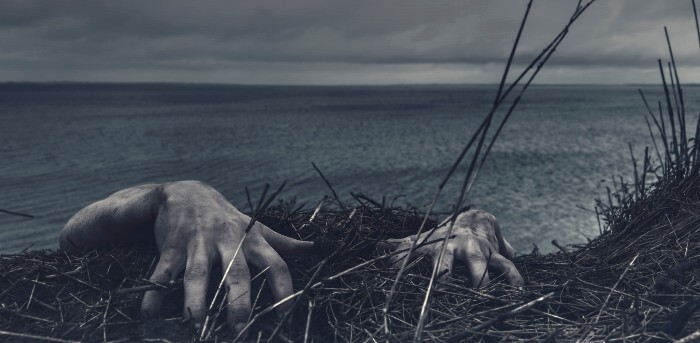
The idea of the walking dead probably came from dogs partially digging up buried corpses and then getting bored and wandering off, giving the appearance of a body rising from the grave, but real zombies have existed — kind of. In colonial Haiti, voodoo priests used drugs to make their victims appear dead enough to bury, to be dug up shortly after, then to keep them docile enough to work on sugar plantations. Yep, zombies were once just a source of free labor.
Werewolves
The concept of werewolves goes back to The Epic of Gilgamesh, but there was a time when people thought they were real, though death attributed to werewolves were usually the work of perfectly human serial killers, who were more than happy to have a mythical fall guy. Some even confessed to being werewolves, apparently just for funsies.
Mummies

Of course, mummies are real, and they were all the rage in the 19th and early 20th centuries. The 1922 opening of King Tut’s tomb was a particularly big story, especially after the people involved in the expedition started dying, giving rise to rumors of a curse. It turns out they didn’t die in any statistically significant numbers, but it was enough for Universal to turn it into a monster movie, and now it’s a whole thing.
Frankenstein’s Monster
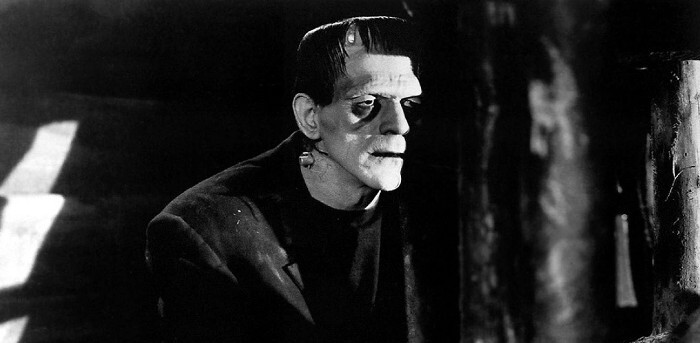
(Universal Pictures)
Mary Shelley’s modern Prometheus was almost certainly inspired by the science shows that were popular at the time and she was known to attend. Performers used electricity to move the limbs of animal carcasses because 19th-century life was both boring and gruesome.
Related: Hey, Here’s Another Reason To Skip ‘Monster Hunter’
Mr. Hyde
Robert Louis Stevenson’s story of a man leading a chemical double life was inspired by the crimes of a wealthy craftsman who burglarized his neighbors’ homes to support his various habits and a doctor who murdered his wife. There were no potions involved, but it was apparently a groundbreaking notion that a guy could be both rich and bad.
Related: 5 Books You Read in School (That Everybody Gets Wrong)
Jaws
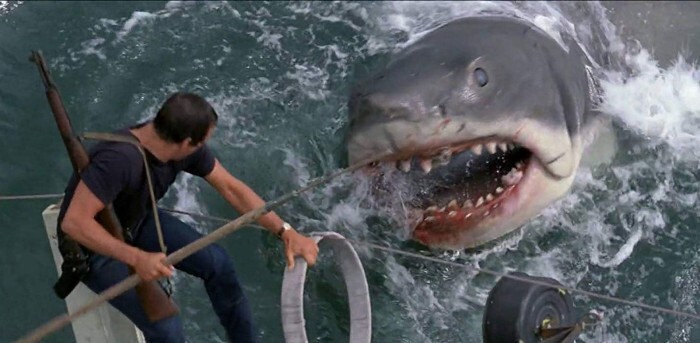
(Universal Pictures)
The shark himself might have been hilariously fake, but the movie was inspired by a real series of shark attacks in New Jersey in 1916. A perfect storm of influences led to five people being attacked by sharks (or possibly a shark) off the Jersey coast, inciting the same cinematic combination of panic and denial.
Alien
The various stages of the xenomorph are unique among H.R. Giger creations in that they’re based on things the rest of us can see. The fully grown xenomorph was inspired by fossils of sea lilies, while the eggs and the facehugger are supposed to resemble, as you’ve probably always suspected, female and male genitalia, respectively.
The Blob
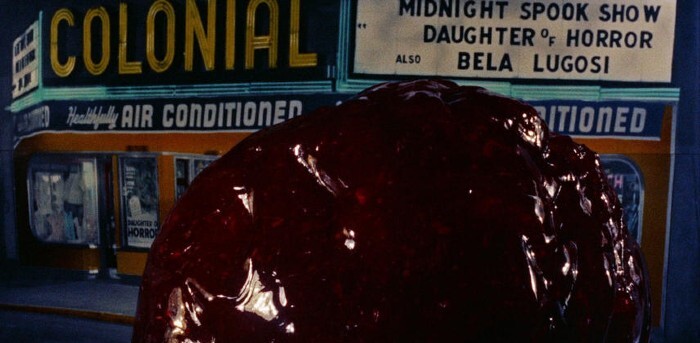
(Paramount Pictures)
Of all the movies to be based on a true story, a blob of moving purple goo really was reported to have fallen from the sky in Philadelphia in 1950. Unfortunately, when one of the witnesses touched it, it vanished, so no one could examine it further. It sounds like bullshit, but this sort of thing actually happens all the time (minus the moving and vanishing), and no one can tell what it is. Theories have ranged from melted meteorites to regurgitated frog corpses, which is possibly less appealing than a man-eating alien.
Related: The Simpsons: Conan O’Brien Licked A Blob And 14 More Facts
The Creature From the Black Lagoon
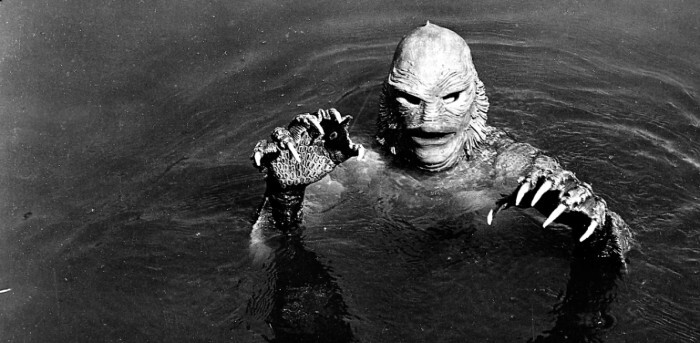
(Universal Pictures)
The original fish that fucks was based on scientific illustrations of prehistoric aquatic life, specifically the extinct species of fish that first crawled out of the ocean and eventually gave birth to all land mammals. That’s right: All along, the Creature was us.
Related: 10 Backstage Photos That Make Scary Movies Look Hilarious
Nope
The design of Jean Jacket had all kinds of pop culture influences, but it was also based on jellyfish, particularly one species called the ghost knifefish, which ensnares its prey in its tentacles and generates electric fields. After all, if you’ve gotta pick a jellyfish for your horror movie, “ghost knifefish” seems like a good bet.
Tremors
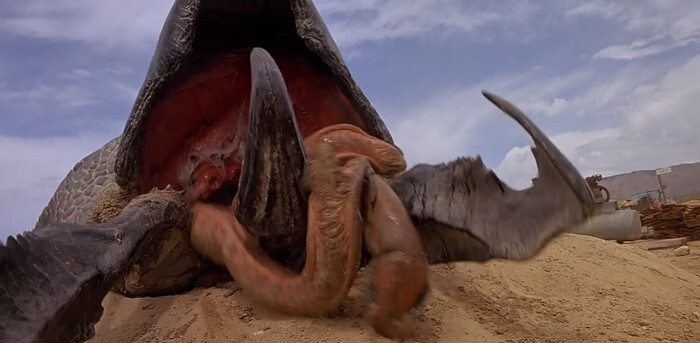
(Universal Pictures)
The design team behind the Graboids, Alec Gillis and Tom Woodruff, Jr., believes that including an element of reality “helps turn the gears in the head to believing the whole package” of a movie monster. That’s why the heads of those sand jerks are based on snapping turtles.
Dementors
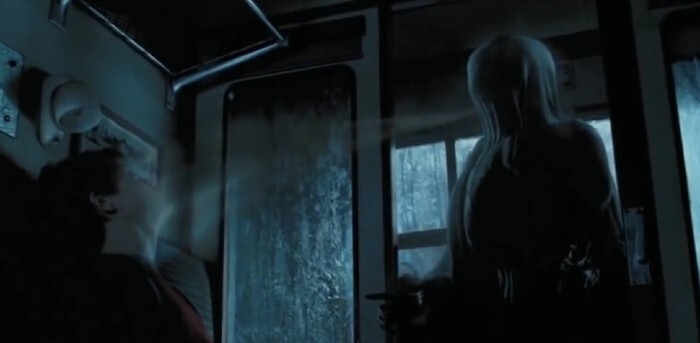
(Warner Bros.)
The fantasy world’s scariest prison guards aren’t technically based on anything tangible; J.K. Rowling created the spectors, which suck all the joy out of their targets, as a metaphor for her experience of depression. That’s why, after a brush with them, chocolate makes you feel better.
The Gwoemul
Bong Joon-ho’s pre-Parasite South Korean hit The Host was based on a real incident when an American morgue official dumped a bunch of chemicals into the Han River and (according to an article the director claims he read, anyway) caused mutations in the local fish population. They didn’t kidnap anybody, of course; it was just some sad fish who couldn’t swim very good.
Related: Before The Walkman, There Was The Stereo Belt
Godzilla
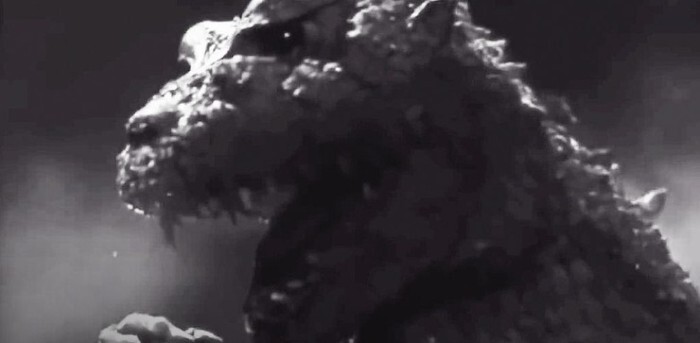
(Toho Co., Ltd.)
On the surface, Godzilla is just a big stompy lizard, but he’s actually a metaphor for the horrors suffered by the Japanese people during World War II, right down to his scaly suit. It was inspired by the scars of survivors of the nuclear attacks on Hiroshima and Nagasaki, which, Jesus Christ. It turns out that sometimes the real story is way more horrifying than the monster on the screen.
Top image: TriStar Pictures

